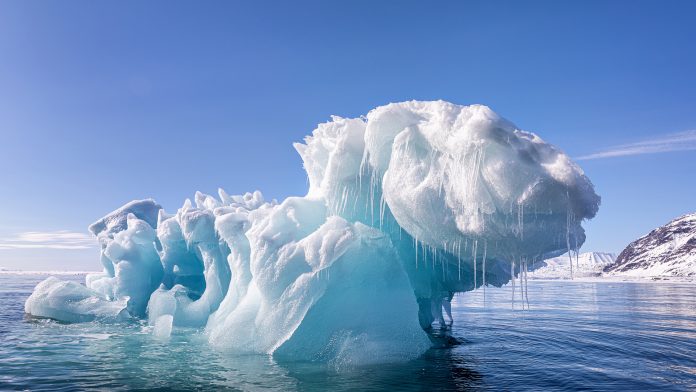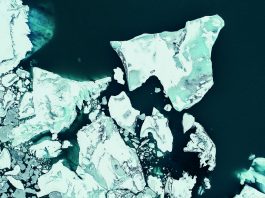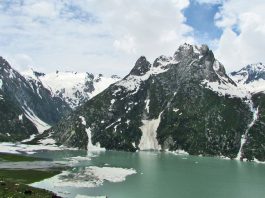Research published by Stanford University has identified that measuring the base thawing of glaciers is an important factor in understanding rising sea levels.
The study observed areas across Antarctica which are not currently losing large amounts of mass but could become some of the biggest contributors to rising sea levels if they thawed.
Dustin Schroeder, an associate professor of geophysics at the Stanford Doerr School of Sustainability, explained the logic behind the research: “You can’t necessarily assume that everywhere that’s currently frozen will stay frozen. These regions may be under-appreciated potential contributors.”
Basal thaw’s contribution towards rising sea levels
Scientists have never previously considered thawing at the bed of the ice as a potential cause for rising sea levels. Eliza Dawson, a PhD student in geophysics, said: “There really has been little to no continental-wide work that looks at the onset of thawing – that transition from frozen ice to ice at the melting point, where a little bit of water at the bed can cause the ice to slide.”
“We were interested in learning how big an effect thawing could have and what regions of the ice sheet were potentially most susceptible.”
The researchers used numerical ice sheet models to test whether the onset of basal thaw could lead to significant ice loss over a 100-year period. Past research does not usually associate thawing and mass loss of ice with rising sea levels, but the researchers wanted to test the hypothesis.
They identified the George V Land area in East Antarctica as most sensitive to thawing at the bed. Within the George V Land area, the Wilkes Basin was highlighted as a leading contributor to rising sea levels if thawing were to occur.
The scientists are concerned that research is only focused on more unstable glaciers, such as the Thwaites Glacier in West Antarctica. “The whole community is really focusing on Thwaites right now,” said Schroeder.
“But some of the regions that are the usual suspects for big, impactful changes aren’t the most provocative and impactful areas in this study.”
The importance of temperature when measuring basal thaw
Information about the base of glaciers is sparse due to Antarctica’s location and extreme weather conditions.
“Measuring the bed is a massive effort in these remote places – we have the technology to do it, but you really need to pick the spot, and sometimes it takes years, and field camps, and special equipment to go do that,” Schroeder said. “It’s difficult and expensive.”
Researchers studied the physics of how ice slides to identify how changes in temperature affect the way glaciers flow and evolve at the base, but the research needs further development.
The study shows that measuring, understanding and modelling the base temperature of glaciers is important in understanding the future of rising sea levels, but scientists are yet to develop a detailed understanding of how the processes that shift the behaviour of glaciers contribute to this.
“Follow-on work will be needed to take a closer look at these regions that this paper identified,” Dawson said. “Showing that thawing at the bed can result in mass loss from the ice sheet is a process that the community needs to understand and really start looking at – especially in these potentially vulnerable areas.”





